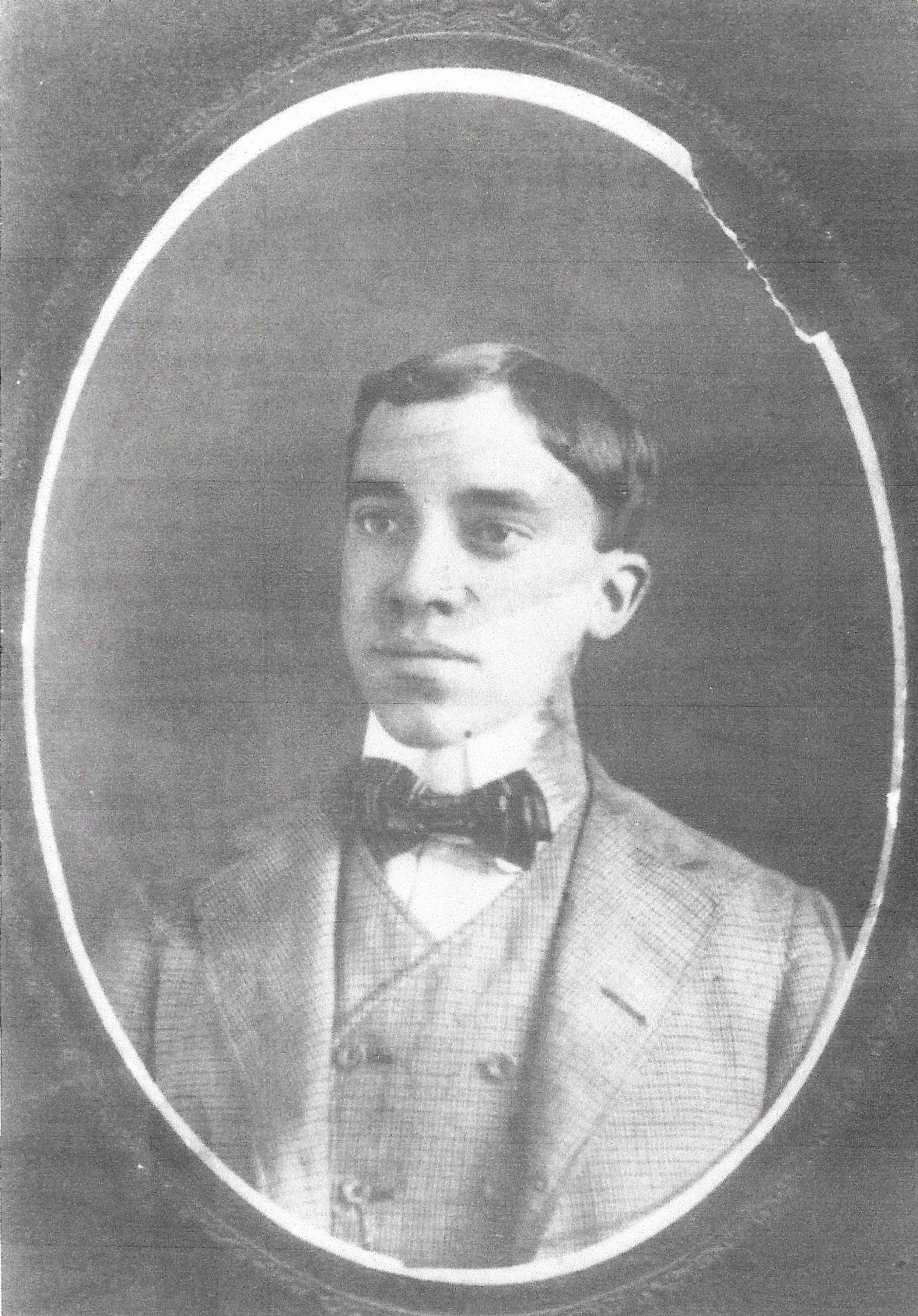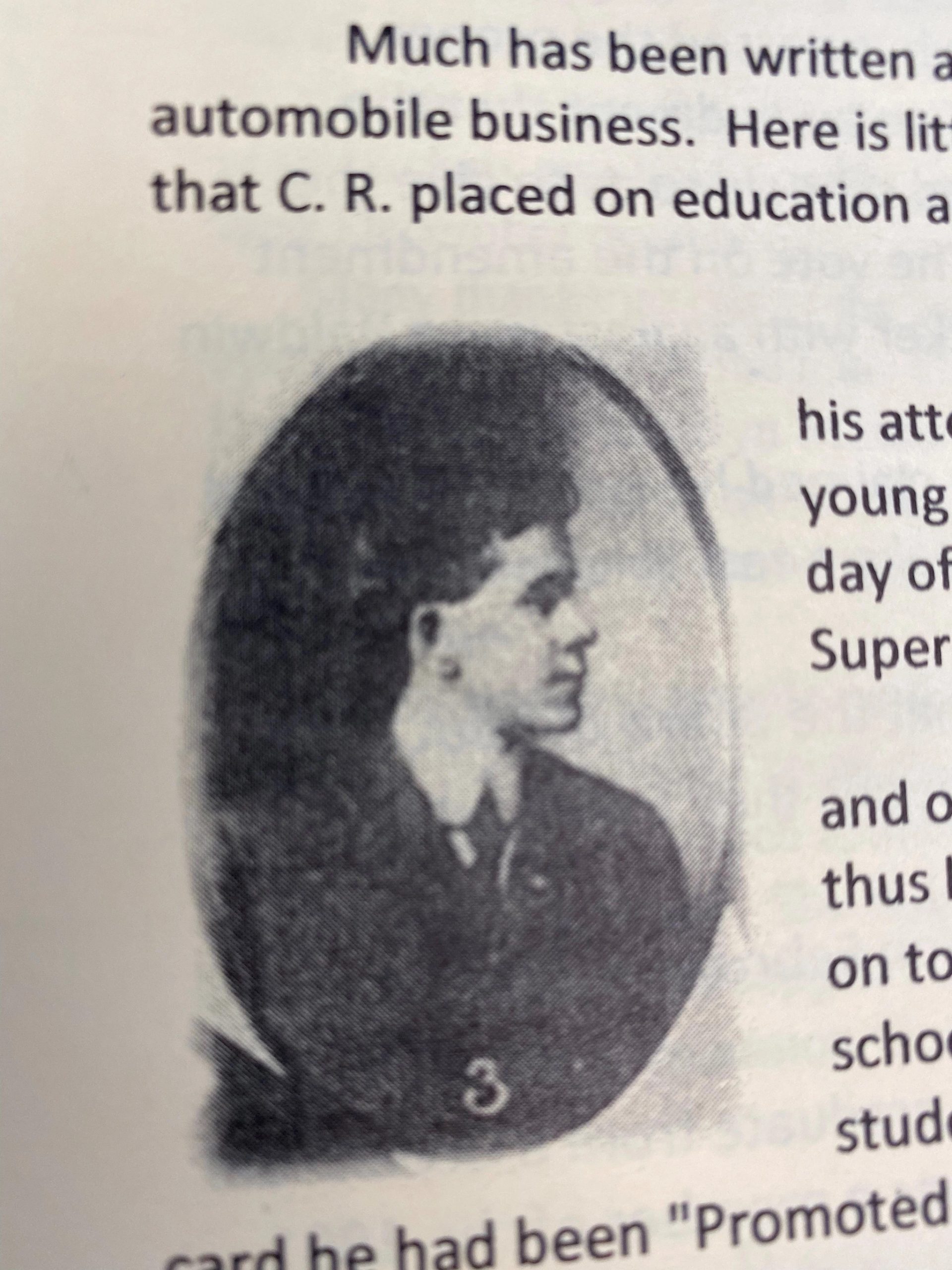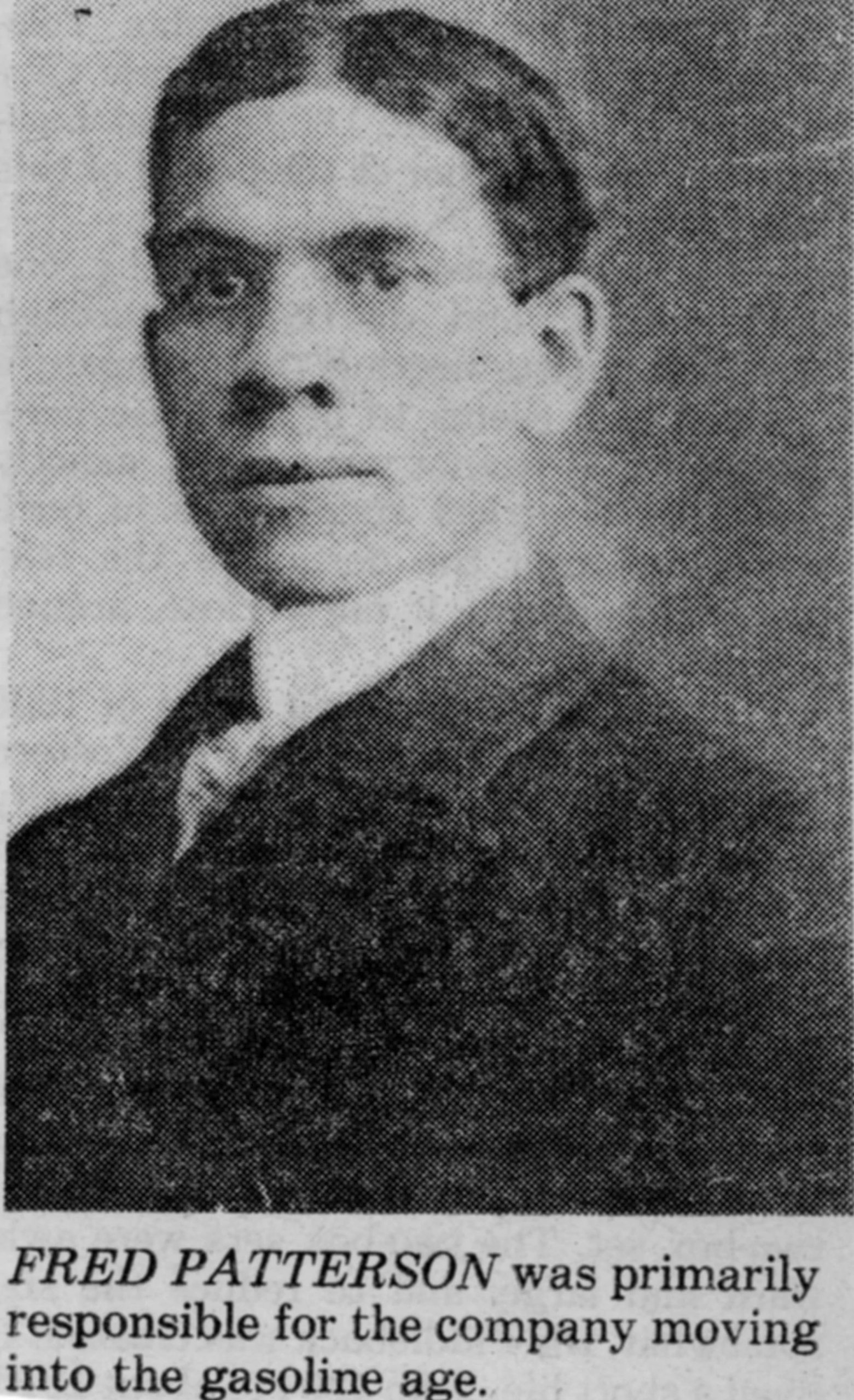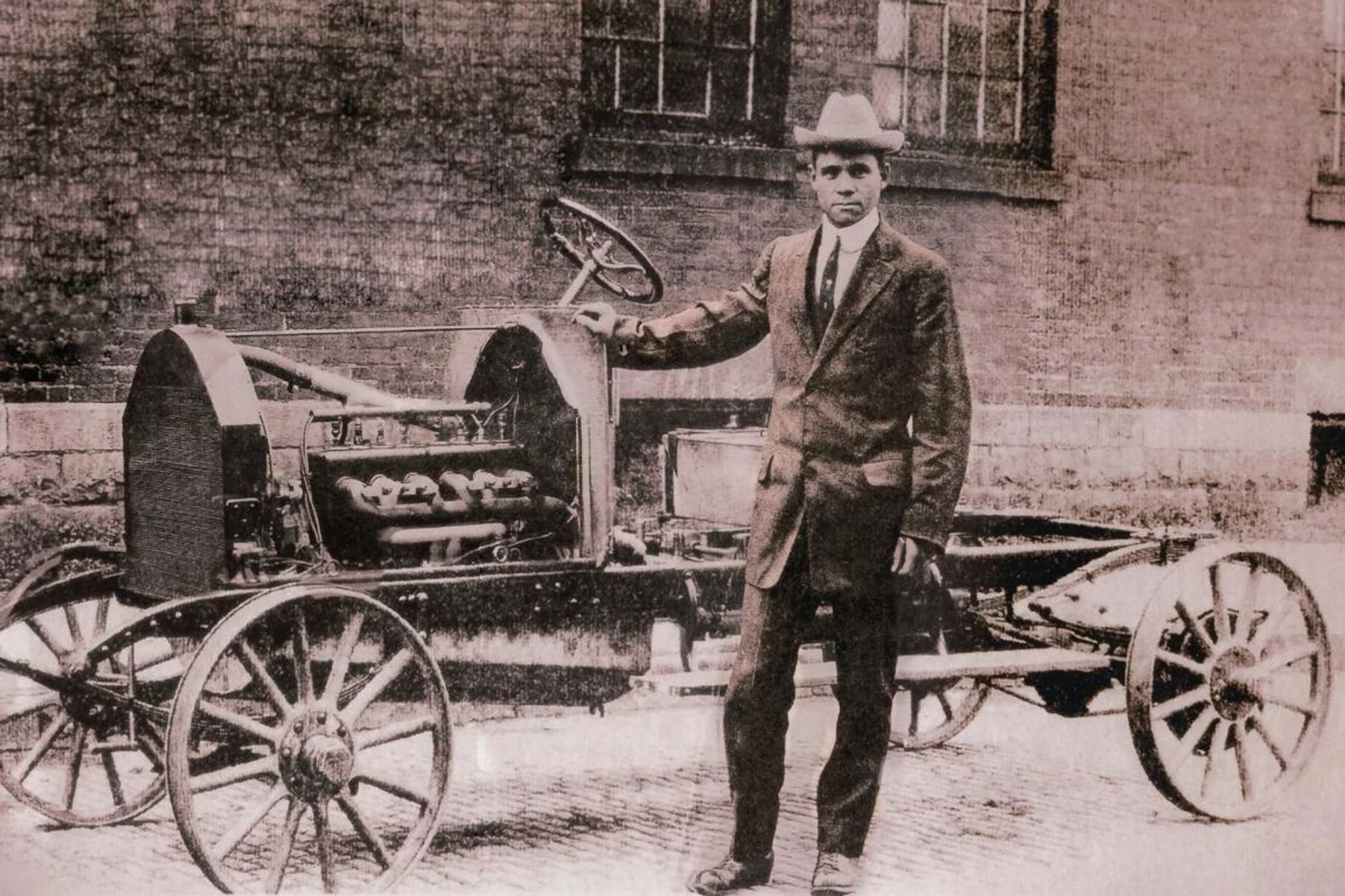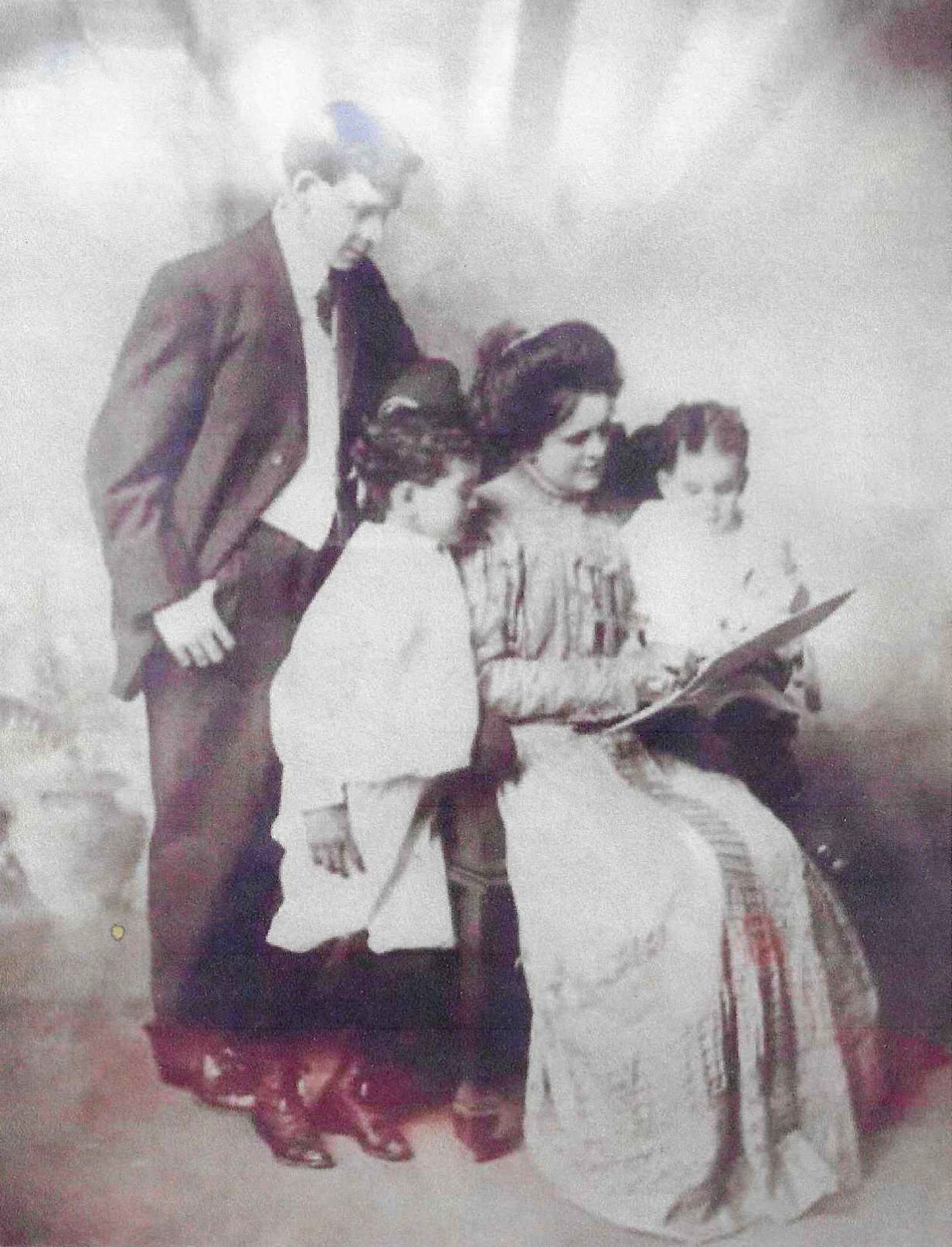
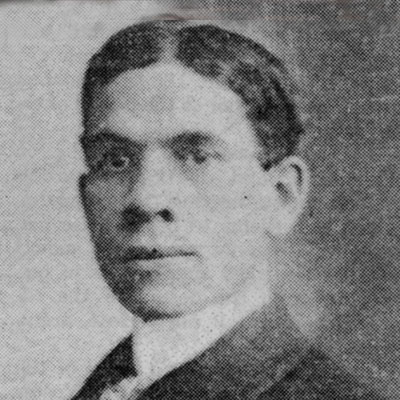
Where We Live
Frederick Patterson
1871-1932
"It won’t do to depend on your own people to push your business, but you must conduct it upon such business principles as will enable you to draw trade from the general public and, competing with any other man in a similar line of business, resting your claim for patronage upon the merit of the goods to be sold or the services to be rendered. "
Frederick Patterson was the son of carriage maker Charles Richard (C.R.) Patterson. He took over C.R. Patterson & Sons in 1910 after his father’s death and brought the company’s first automobile to market in 1915. C.R. Patterson & Sons is the first and only black-owned and operated automobile company on the continent.
Frederick Patterson was born in Greenfield, Ohio, in 1871. His father believed in education and encouraged Frederick to attend the local high school, even though he already had a job at his father’s company. At first, the school denied him admission because he was Black. After a series of legal battles, a judge ordered that Frederick be admitted to Greenfield’s high school. Patterson was an outstanding football player. Upon graduation from high school, he was recruited to play for The Ohio State University, where he became the first black football player in the university’s history. After college, Patterson married and took a teaching position in Louisville, Kentucky.
He did not stay away from the automotive industry long. When his brother Samuel passed away, he left his teaching position to join his father’s business. He quickly convinced his father that automobiles were the future. The first step was to add automotive repair and service to their carriage-building business. In 1913, Frederick placed his first advertisement for auto repair services in the local paper. As the company built their repair and restoration customer base for the newly invented “horseless carriages,” his workers gained valuable firsthand experience with the innovative technology. The company moved on to service engines, drivetrains, electrical and mechanical systems as well.
Greenfield, Ohio, was a well-known stop on the Underground Railroad. Reverend Samuel Crothers and other prominent local Presbyterian ministers were established abolitionists and preached that one should judge a man by the measure of his skills. Likely influenced by these men, Patterson employed mostly white men to work in his factory, a unique concept for a Black-owned business in the early 1900s. Patterson was one of the wealthiest men in Greenfield, Ohio.
Their first automobile, the Patterson-Greenfield, rolled out in 1915 and sold for $850. It was advertised to be of higher quality than the Model T. The vehicles had a forty horsepower Continental four-cylinder engine and a top speed of 50 miles per hour.
Patterson struggled to break into the sector, which was monopolized by Henry Ford’s mass produced, less-expensive options. Patterson kept at it and designed and deployed his own assembly line technique to increase output. Unable to compete with Ford’s hold on recreational cars, Patterson moved into commercial vehicles, producing buses and transport trucks. In the 1920s, the company produced 35% of the buses produced in Ohio. He never revealed his face to his customers, often sending a white proxy in his place to avoid customers’ prejudice.
Unfortunately, C.R. Patterson & Sons was forced to close its doors in 1939 as a result of the economic upheaval of the Great Depression and consolidation in the highly competitive automobile industry.
1871
Born in Greenfield, OH
1888
Graduates from Greenfield High School as Valedictorian
1889
Enrolls at the Ohio State University
1890
Becomes first Black player on the Ohio State football team
1891
Elected President of the Class of 1893 by his fellow students
1896
Joins his father and brother at J.P. Lowe & Co.
1898
Enlists in Ohio Volunteer Infantry to serve in Spanish-American War.
1902
Named delegate to the Republican State Convention
1910
Assumes control of C.R. Patterson & Sons after his father passed away
1913
Places an advertisement for C.R. Patterson & Sons’ first automobile repair services
1915
Rolls out the company’s first automobile for sale
1932
Passes away at the age of 60


